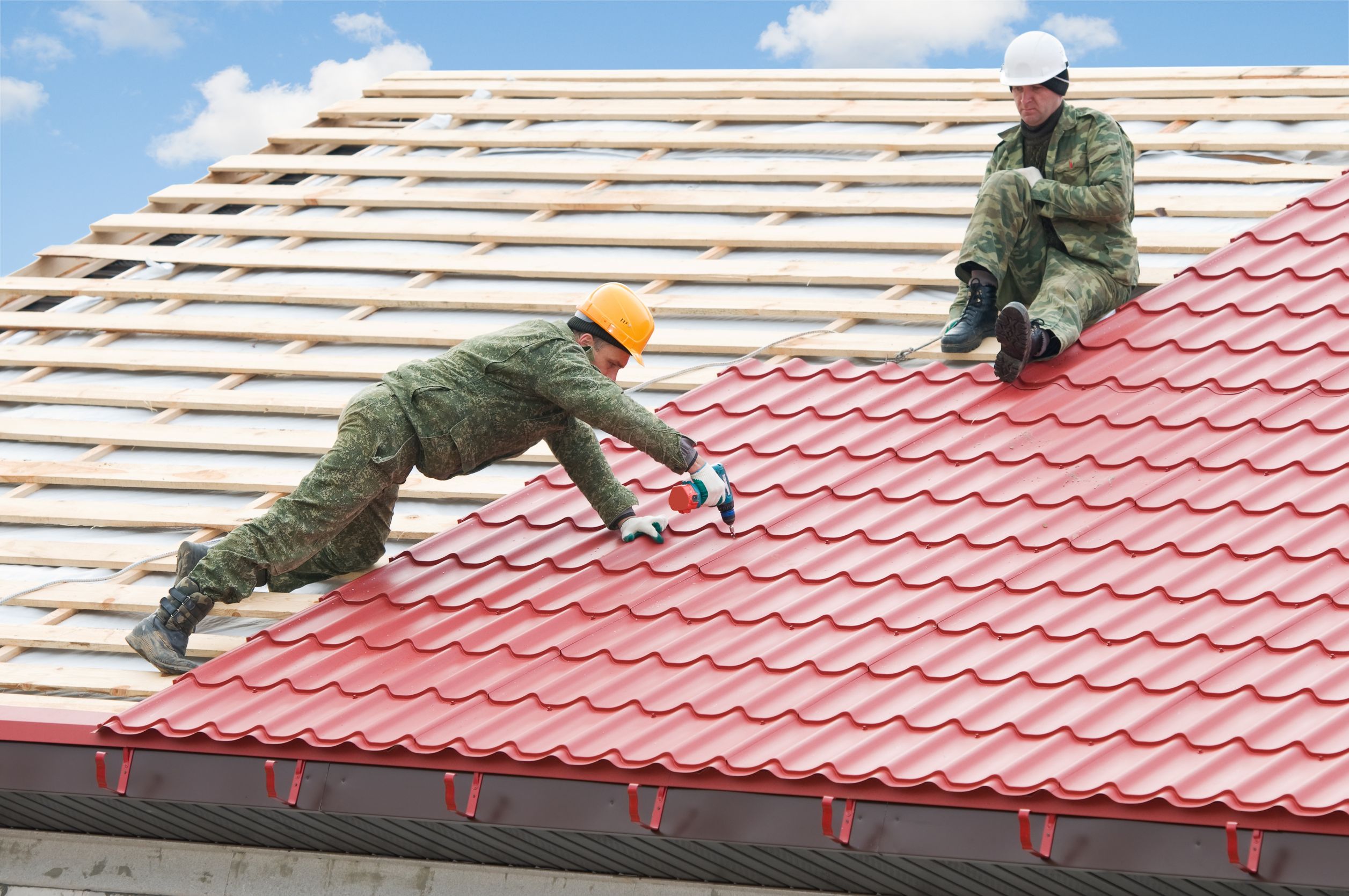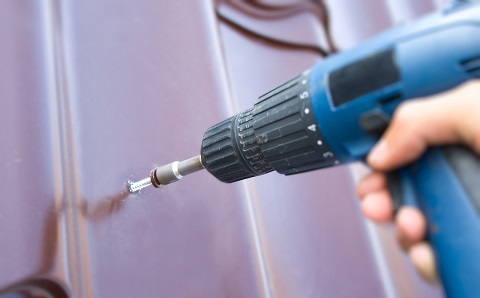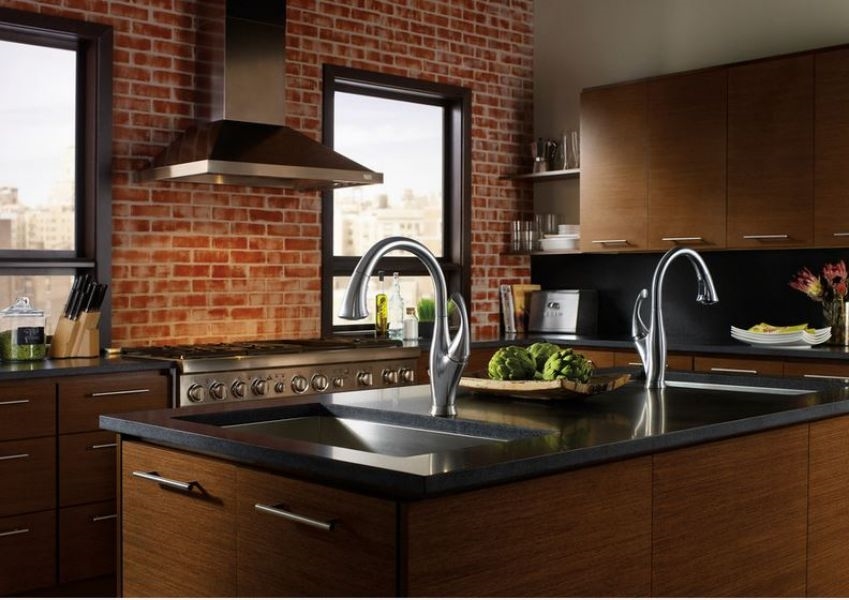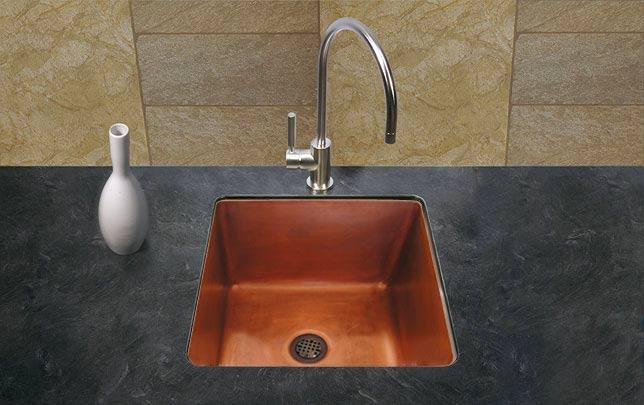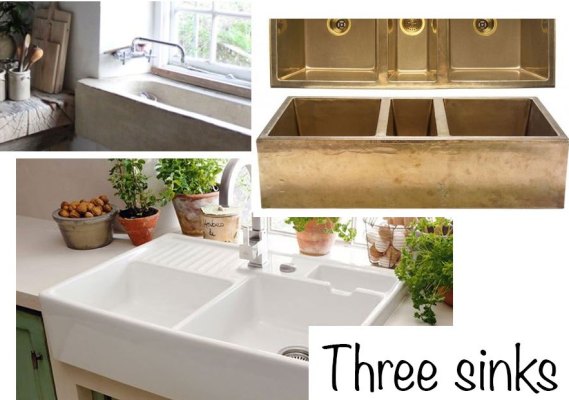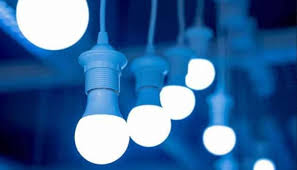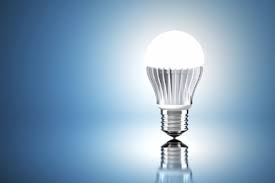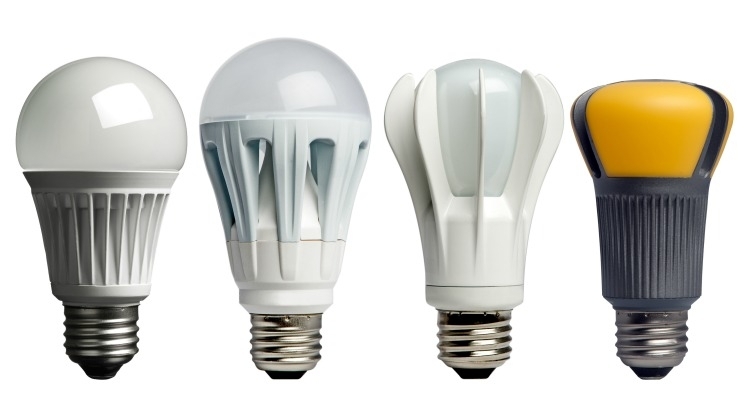How to choose the right home builder
Selecting the right home building firm for your needs and for the type of new home you seek is one of the most important decisions you’ll make in your home buying process.
Fortunately, there are some proven ways to speed up the research and selection process and to help ensure that you find a quality builder who’s a good match to construct your new home.
10 Ways to Choose the Right Home Builder
Define Your Needs
While some builders construct a broad range of homes, many builders also specialize in a specific type of home, price range, or style. For example, not many firms build starter homes for first-time buyers and also multi-million dollar homes for affluent custom home buyers. The building materials, trade contractors and even the building process itself can differ greatly by type and price of home. Look for a fit here. Then, be ready to make sacrifices, as it isn’t always easy finding a home that meets all the criteria to be your dream home. In fact, a 2016 report from Bank of America found that 95 percent of first-time buyers are already willing to make sacrifices in order to make homeownership a reality.
Experience Counts
Every home building firm (including the most experienced and well-regarded companies today) once built their first home. And many new home building firms were started by experienced veterans of other builders. Don’t overly discount a new firm – especially if their team includes seasoned pros – but do look for strong experience overall and in the type of home you seek.
Are Past Homebuyers Satisfied?
Many builders offer customer references and referrals. If not, ask. And in either case, follow up. A few great questions to ask: Would you buy another home from this builder? Or recommend them to close friends or family? And don’t forget to ask for the key reasons why a past home buyer would or would not recommend a builder.
Is the Builder Licensed and Insured?
Not every state or area requires builders to be licensed, but make sure that you work with a licensed builder in such areas. Ask about the insurance that the builder and his or her trade contractors carry. Make sure that they and you are covered during the building process.
Is There a Design Fit?
A builder whose entire portfolio consists of contemporary homes may not be the best fit for that highly traditional home you seek – and vice-versa. While many builders have expertise in a variety of design styles and architectural details, in general, look for a builder whose work includes at least some examples of the style of home you want.
Warranty and Service
One of the top advantages of new construction is that your home itself and most of the products, systems and components it contains are brand-new and under warranty. The peace of mind that comes with knowing that major repairs or a new roof are likely years away is important. In addition, look for a structural warranty of ten years or longer on the home itself, ideally transferable to a new owner should you sell. Also look for a builder who provides prompt and courteous service under warranty and who takes time to explain the proper maintenance and care that any home needs.
Resale Value
Good reputations follow good builders, among homeowners and Realtors. Look for builders whose homes tend to hold or maintain their value. Look for Realtor ads that specifically mention the name of a builder for a home for sale that’s now five or seven years old. That Realtor clearly sees the builder’s brand name as a big plus.
Industry Involvement
Not every good builder chooses to join their local Home Builder Association, so don’t place too much emphasis on this. However, such membership does tend to show that a builder is committed for the long-term to the area. It’s also a sign of commitment to new home community developers, building product suppliers and trade contractors that work in your city or town.
Tour Model Homes and/or Homes of Past Buyers
Once you’ve narrowed down a list of prospective builders using the criteria above, this is the most important step. Nothing substitutes for touring a home built by a builder on your short list. It can be a furnished and decorated model home that’s open to the public. Or, it can be a home the builder constructed for a past buyer that you visit by appointment. In either case, pay careful attention to the look, feel and quality of the home.
Look for Signs of Quality
Look for signs of quality construction and attention to detail when you visit the homes above. Also consider the building products that a builder uses. Are they brands with well-earned reputations for quality? What about the homes under construction you passed on the way to the completed model home? Were there signs of care and attention there, as well?
Last, look for the quality of people who work for the builder: Did the builder’s employees show sincere interest in you and your needs? Did they listen carefully? Did they provide good answers to your questions? Were they courteous, prompt and professional in your interactions with them in the model home, sales center or builder’s office?
With the ten steps above, you’ll be well on your way to selecting a good builder who’s a good fit for you, your needs, and the new home you’ll build together.
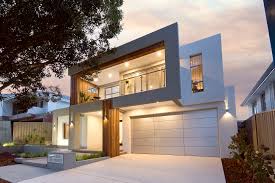
5 tips to hire a builder for your dream home
Are you ready to build your dream home? Perhaps the idea fills you with excitement intermingled with anxiety.
As you prepare to launch on the biggest investment of your life, it’s vital to move one step at a time. Your relationship with your homebuilder will last months and months, maybe even a year or more. When you build your dream home, you want someone who communicates well, listens and understands your vision, has a stellar reputation and a trail of happy clients with beautiful homes.
1. Ask friends and family to recommend homebuilders
Start by asking around for recommendations. Inquire among friends, family, and co-workers. Get the names of builders from your local home builders association. When you have some names to begin with, check to ensure the builders have a permanent business address and actual business location.
Seek out builders who have been around for at least three years. You want to know the builder sticks around once he completes a project. That’s especially important if you want to put a warranty to use.
2. Do a little research on local homebuilders
Ask to see proof of worker’s compensation and general liability insurance. You want to know that you won’t be held financially responsible should there be any building-related accidents while construction is taking place.
3. Vet homebuilders through references and past work
Delve into their work and interview prior clients. Ask to see a portfolio of the builder’s projects. Go look at finished homes in person. Look closely at the workmanship.
Also, ask for references and call each one. Ask the client what they liked best about the builder, if there’s anything they were unhappy about, and if they would hire the builder again. Inquire whether the builder stayed on schedule and stuck within budget.
Ask the homebuilder to see a project he or she is currently working on.
4. Consider the communication factor when building a home
Because of the scope of building a home, you want to feel comfort in knowing you can communicate effectively with your builder. Is the builder readily available when you call, text, or email? Does he explain the process thoroughly, listen attentively to your thoughts and concerns, and understand the details of your vision?
Another aspect of communication is getting a complete written contract that details the procedure, process and milestones.
5. Look for red flags from the homebuilder
If the builder asks for a large deposit up front, think twice. And if he isn’t able to pay for materials as he goes along, you might want to jump ship.
Extremely low bids should always raise an eyebrow. While rock-bottom prices might be enticing, they’re often too good to be true.
If a bid is riddled with holes and ambiguity, think twice. Any signs of murkiness — whether it’s no proof of insurance, unclear work history, unresolved claims, a lack of references or being unable to contact them — should be reason to consider another builder.
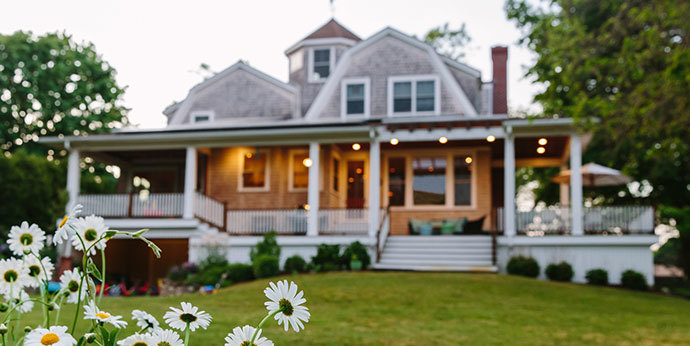
6 things successful builders do differently
Below are six things that will help contribute to your success as a builder.
·Stay in control
Mishaps are inevitable (especially with unpredicatable weather) and sometimes really frustrating to someone who runs a business. The way to overcome this is to be in control of the situations you can control. When the wrong supplies arrive on site for example, handle the situation with calm – call the supplier immediately and tell them they sent the wrong stuff. Being in control also means being responsible. When things go wrong, take responsibility and start finding a solution to help alleviate the problem.
·Understand good time management skills
When you run a successful building business, oftentimes you have little to no idle time in between projects. The less time you have for rest, the more stressed you are – and no one wants to hire a stressed-out builder. This is where time management comes in.
The first step to time management is know the difference between what is urgent and what is important – not everything that’s urgent is important and not all things that are important are urgently needed. So how do you categorise your projects? How do you know which ones to prioritise?
Another way you can have a little bit of free time is to learn how to say ‘no’. You don’t have to take up every opportunity that comes in through the door. More projects might mean more money, but think about the quality of your work if you have 8 to 10 projects to finish in a limited span of time. A better reputation will help secure those important jobs in the future.
·Overcome pressures
Successful building businesses usually have more pressure on them as they have more projects to manage. As there are more projects to handle, the pressure comes from finishing them on time while maintaining good quality with the finished project.
If something doesn’t go according to plan, pressure builds up. Overcoming a struggle will define your limits as a business and as a builder. The higher your limits, the easier it is for you to overcome pressure in the future.
·Customers respect you
A successful builder is a respected builder! Customers respect a good builder as they have the proper working etiquette – they are experts in their field, and they are professional about it. But what makes a builder a “professional”?
Professional builders do not chase after customers, rather,customers chase after them as they see how good the builder is in doing their job. If your customers respect you, there is a big chance that they will recommend your services to others as well.
·Your team is your strength
Having the perfect team is one of the keys to a successful building business. But what makes a great team? A great leader.
A strong leader sets a clear goal for the team and the company, and is the person who makes the rules that the team should comply with. The leader has to make sure that each member of the team knows and is clear about the goals that have to be met.
Every company has a set of rules that each team member has to comply with and these rules determine the kind of culture an organization has. When the entire team follows what their leader says wholeheartedly, a perfect team is born.
·Follow systems
When starting a building business (or any kind of business), there has to be a system that outlines the different processes within your company. Systems are made as a guide for each employee so they would know what to do in certain situations.
Your company’s system should be made clear to each member of the staff as this will help them work more effectively and efficiently. Think of it this way, if you don’t follow a system in your company and you just let your team members do as they please, wouldn’t that create disorder in the workplace?
Systems are progressive and for as long as your building business is still running, you will make certain changes to the system in order to correct the flaws that you see in it.
Having the perfect team, a good working environment and, of course, a strong and determined leader are they key to having a successful building business. If you have been following the six steps above, chances are you’re on your way to building the right frameworks for a successful business. If you’re just starting out your own building business, be guided by the steps above and you’re bound to succeed in no time.

Questions to ask your new home builder
Asking builders the 15 questions below will help you choose the right builder to create your new home and give you confidence in your choice.
Because building your home will be one of the largest investments that you make, it’s natural that you want to find the right fit for your project. When panelists of the New Home Source Insights Panel were asked about some of the questions they asked their builders before, during and after shopping for their new home, most replied that they wanted to learn more about the building process.
- How many years have you been in business? How many homes have you built?
- Are you licensed (where required) and insured?
- How do you compare yourself to other builders? What are the most important benefits of the homes you build?
- What type of new home warranty do you offer?
- Can you give me references from prior home buyers? Do you build model homes I can tour? If not, can you help me make an appointment to see a home you built for another customer?
- What are the major energy-saving features of homes you build?
- Do you build only from home plans you supply? Or can I provide my own set of plans?
- What standard features do your homes include? What options and upgrades can I select?
- Who will oversee the construction of my home? Who should I contact with any questions I may have?
- How and when can I make changes or upgrades before and during construction?
- How and when will the final price for my home be determined?
- How often (and when) will I have access to the home during the building process?
- How long will it take to build me new home?
- Does the community have a homeowners association (HOA) and/or an Architectural Review Committee? If so, may I get a copy of their rules and the amount of any fees?
- What’s your inspection process at key points of construction, at final walk-through, and to address any matters that need to be corrected or finalized?
There may be other important questions you’d ask a home builder, so feel free to add them in the comments below. However, experts agree the list above is a great starting point to select the firm to build your new home.
Before meeting a custom builder, do these 5 things
After weeks of research, you’ve finally narrowed your list of potential home builders. The next step? Meet with the candidates you’ve chosen. The builder you choose will become your partner for the next year, so it is important to pick someone you trust who has the right qualifications.
Here are five things to accomplish in/before your first meeting:
1. Research local builders.
Refine your builder list. Before you meet with a builder, be sure to view their online portfolio and drive by some of their houses. See what you like and what you don’t like about their work. Have they built homes that are similar in size and style to what you want? How do their homes look after 10+ years? Ask the builder details about a specific project (e.g., time, costs, challenges, things they do differently) and be prepared to point out features you want incorporated in your home.
2. Ask questions.
Meeting with a builder for the first time can be an overwhelming experience. Bring a list of questions such as:
After weeks of research, you’ve finally narrowed your list of potential home builders. The next step? Meet with the candidates you’ve chosen. The builder you choose will become your partner for the next year, so it is important to pick someone you trust who has the right qualifications.
Here are five things to accomplish in/before your first meeting:
1. Research local builders.
Refine your builder list. Before you meet with a builder, be sure to view their online portfolio and drive by some of their houses. See what you like and what you don’t like about their work. Have they built homes that are similar in size and style to what you want? How do their homes look after 10+ years? Ask the builder details about a specific project (e.g., time, costs, challenges, things they do differently) and be prepared to point out features you want incorporated in your home.
2. Ask questions.
Meeting with a builder for the first time can be an overwhelming experience. Bring a list of questions such as:
·How long does it take to prepare an estimate?
·Who will be in charge of our project, and how often will we meet?
·Do you strive to build energy efficient homes?
·Do you use sustainable, long-lasting building materials?
View other questions to ask and prepare for your meetings by downloading this builder interview checklist.
3. Show and tell.
If you’ve been surfing Houzz for inspiration, this is a great time to show the builder what you’ve found. Bringing actual visuals of what you want in your home will help your builder and designer get a sense of what details you want early in the process. The process of sharing visuals will also help determine if the builder is capable of sharing your vision.
4. Ask for references.
Every established builder will be able to provide references from past clients. Several weeks before the meeting, ask for at least three references — aim for one old and two new — and be sure to check them. Ask these customers about the home’s durability as well as the builder’s communication methods, response times, and ability to provide realistic estimates and stay within budget.
5. Ask to take a tour (or three).
Though beautiful photos in portfolios may be appealing, it is essential to see the builder’s craftsmanship in person before moving forward. Ask to see both a recently constructed home as well as one that has been standing for a few years. Pay attention to the details and look for any obvious moisture damage such as water stains on ceilings and cracked paint or flooring. Ask the owners what they learned through the experience and what the builder could have done differently.
Building a custom home is an exciting process. Like any big decision in life, it’s helpful to consider options. Meet with several builders before you make your final decision. This will help you determine both what you want and need in a builder.View other questions to ask and prepare for your meetings by downloading this builder interview checklist.
3. Show and tell.
If you’ve been surfing Houzz for inspiration, this is a great time to show the builder what you’ve found. Bringing actual visuals of what you want in your home will help your builder and designer get a sense of what details you want early in the process. The process of sharing visuals will also help determine if the builder is capable of sharing your vision.
4. Ask for references.
Every established builder will be able to provide references from past clients. Several weeks before the meeting, ask for at least three references — aim for one old and two new — and be sure to check them. Ask these customers about the home’s durability as well as the builder’s communication methods, response times, and ability to provide realistic estimates and stay within budget.
5. Ask to take a tour (or three).
Though beautiful photos in portfolios may be appealing, it is essential to see the builder’s craftsmanship in person before moving forward. Ask to see both a recently constructed home as well as one that has been standing for a few years. Pay attention to the details and look for any obvious moisture damage such as water stains on ceilings and cracked paint or flooring. Ask the owners what they learned through the experience and what the builder could have done differently.
Building a custom home is an exciting process. Like any big decision in life, it’s helpful to consider options. Meet with several builders before you make your final decision. This will help you determine both what you want and need in a builder.
